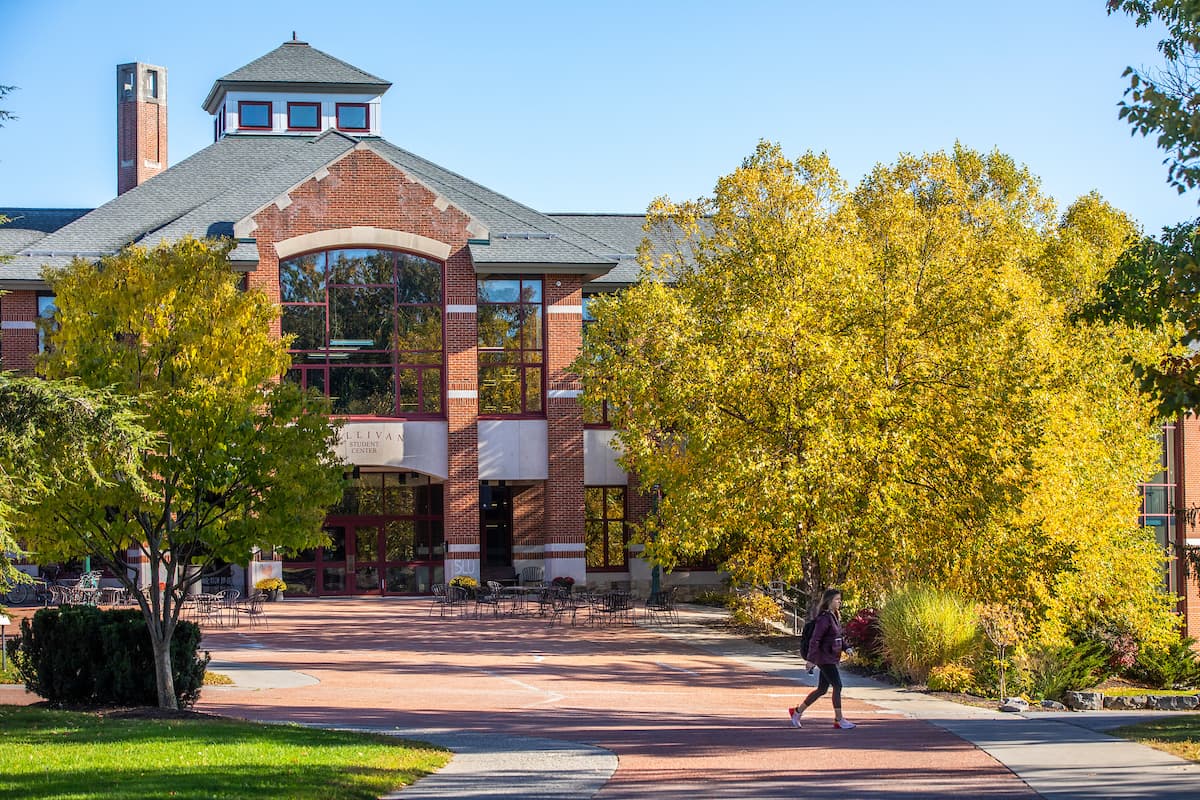By LOUIE FREDA Nov. 15, 2016
St. Lawrence students Mary Beth Benzing ’17 and Sejla Palic ’17 were one of just two entries out of 193 that predicted president-elect Trump’s victory. They received national attention and praise for the accuracy of model they submitted to Prediction 2016, a competition sponsored by the American Statistical Association (ASA). They were featured in an article by The Washington Post, received interview requests from the cable outlet MSNBC, and were even offered jobs for the work they submitted in Prediction 2016. The students participated in the competition as part of a major assignment in Dr. Schuckers’ Stats 226, the Statistical Methods of Data Collection.
Unselfishly, Benzing and Palic attributed their success to each other, leveraging knowledge learned from other stats classes and dividing the work. Building a successful model starts with the solid foundation of data. “If it wasn’t for Mary Beth we wouldn’t have been able to get the data,” said Palic. Benzing gathered data into a statistical software package “R” by “scrapping the web,” a data collection skill she learned in Stats 201 with Dr. Ramler. Palic then used the data gathered by Benzing to create their two models for predicting each state.
After doing their work, Benzing and Palic were concerned about their assignment for class. Apart from predicting who was going to win each state, explaining their
methods and including the code “there weren’t to many guidelines and the project was worth 30 percent of our grade,” said Benzing. They were convinced the two models they created, one predicting states that would be Republican and the other predicting Democratic states, were wrong because President-elect Donald Trump was winning despite overwhelming pollster and pundit skepticism.
Despite all the unusual aspects of this election they decided to use data from the 2012 presidential election because “while data will vary, we decided to treat this election like any other,” said Palic. They predicted Donald Trump would win 36 states including the normally secure Democratic states of Mich. and Wis. According to an article by the Washington Post, neither student was pleased with the strong connection between their models and the election results.
Dr. Schuckers was very proud with his students’ statistical work and suggested that this election will incentivize statisticians and pollsters to reevaluate methods of data collection and models for prediction. This election cycle will result in statisticians “incorporating less confidence into their predictions,” said Schuckers. Despite seeming contradictory, less confidence, from a statistical perspective, produces models with more variability and offers statisticians more confidence that the results will fall within the range of possibilities.
The St. Lawrence community is very proud of the achievements of Benzing and Palic. Students and alumni were happy to see St. Lawrence student recognized for their academic achievement. “It’s big, statistics is a new major and students taking 113 are hopefully thinking, ‘If I continue to learn and apply myself that could be me,” said statistics major, John Tank ’17.



